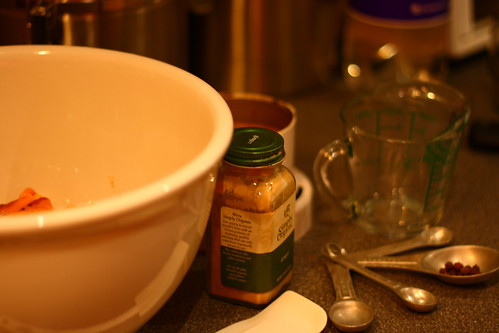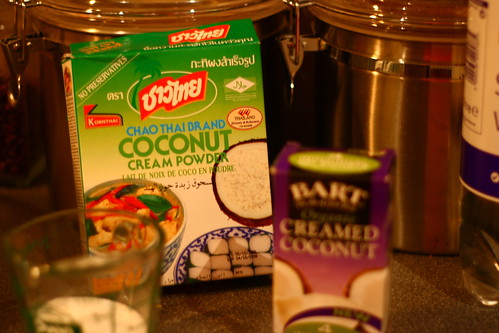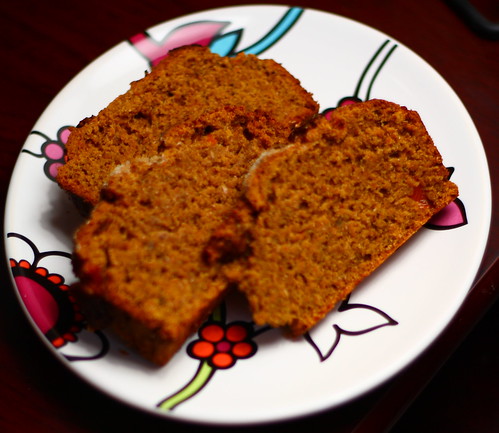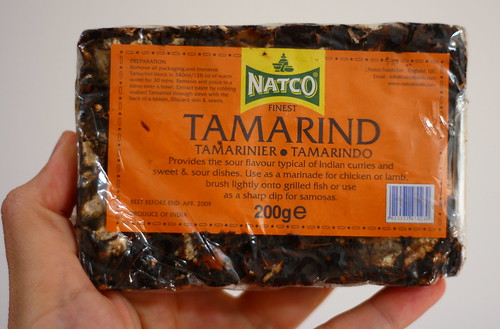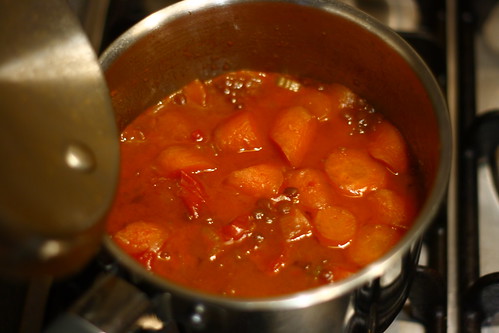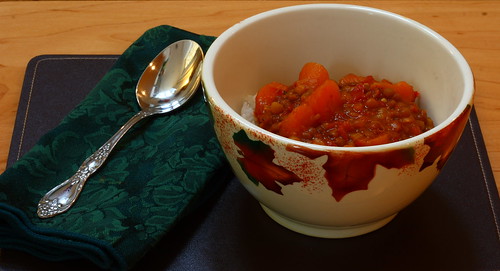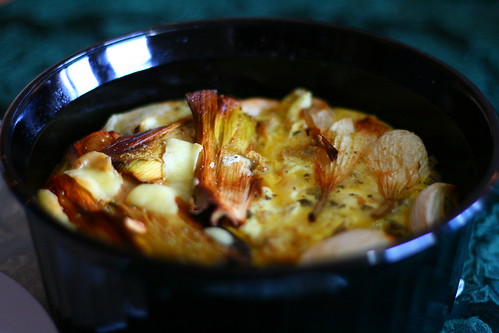Last night at The 78 pub we came across this tasty morsel — what our friends called a hozuki, and what our server called a physalis. It’s a cape gooseberry — and we’d never had one. It’s really tasty!
Another foodie meme/survey is floating through the blogosphere today, one that doesn’t require anyone to be tagged, which is a good thing. A food blogger has created what he calls the omnivore’s hundred which has of course since spawned a vegan’s one hundred, a vegetarian’s one hundred, an American’s one hundred, etc. ad nauseum, ad infinitum. (We bloggers are nothing if not self-obsessed.) Anyway, blogger Andrew wants to know — what have you eaten?
The rules are (or were, about five hundred responses ago — who knows if he’s even reading them anymore):
- Copy this 100-item list on your blog or site.
- Bold the foods you’ve eaten.
- Strike through foods you will not eat.
- Post a comment on Very Good Taste (where the challenge originates).
Obviously, this isn’t going to work for me — I’m not an omnivore. But I did think that the list was interesting. Kaolin — clay dirt that some people eat — sits in the same list as carob chips, durian and fugu, Krispy Kremes, Big Macs and pho. Head cheese, dulce du leche, carp, aloo gobi… the list is really unique. If you’re an omnivore, you might want to check it out.
Meanwhile, the cool, misty days are accompanying the running down of the clock. D.’s dissertation is coming due, and my end-of-the-month deadline is approaching all too quickly. Which is, of course, the reason I decided to do some baking — because what’s life without a little more procrastination?
An impulse buy of two sweet potatoes was staring at me reproachfully from the potato-and-onion basket, and threatening to sprout leaves, so I skinned and boiled them. (Yes, Mama. I skinned them. Yes, I know all the nutrients are under the skin. I know, I know. I’m sorry. I’ll eat some extra kale.) And then, I set them in a bowl and looked at them. Where was I going with this?
I finally decided on bread. I mashed the sweet potatoes, and discovered I had a little over a cup and a half, so I decided to make two loaves of sweet potato bread. Before I did anything, I seasoned the potatoes — adding a scant 1/4 tsp. of salt, two teaspoons of our garam masala mix, 1/2 c. of brown sugar, 1/4 cup of oil, and a little grating of nutmeg. Simply because I had it, I added 1/4 c. of clementine marmalade, for a little bittersweet zing.
Next, In my coffee grinder, I placed four allspice seeds, and 1/3 c. of flax seeds. I placed four cups of flour in a bowl, and added three tablespoonfuls of baking powder, and a 1 tsp. of baking soda to the flour. I mixed them together meditatively, and wondered if I could sneak in some coconut.
The coconut thing… has started to edge toward obsession. Coconut is common enough on the West Coast of the United States, but for some reason, here I find I’m having fun with all of its forms. Not just canned coconut milk, in full-fat and “skimmed” varieties. Not just dried coconut cream in familiar Thai packaging (we used the very same kind at home — was really nice to find it at Sea Woo!), but dried coconut milk, flakes, and sealed packets of paste, which are available at regular grocery stores. The ability to add the richness and flavor of coconut without adding the liquid was too good to pass. I added 1/4 c. of the coconut cream — next time I will use a single packet of the coconut paste, as it has a richer flavor.
Of course, since this was a random, dreamy, experimental dish, it didn’t come together even remotely as smoothly and coherently (hah!) as I’m writing this. Potatoes are starchy, and when starch is stirred it gets sticky. Sweet starchy potatoes? Are even stickier. I knew this… but didn’t remember. Therefore, do as I say, not as I do: mix your wet and dry ingredients separately, then combine. Things go much better that way.
The sweet potato dough was heavy and very moist — and a little worrisome but I went ahead and lightly spritzed two pans with oil, divided the sticky mass, and put them in pans. I would have had photographic evidence of this, but you know, some of us couldn’t be bothered to set up the tripod when we weren’t sure this would work out, anyway. We just snapped off a few pictures, and not surprisingly, many of them were blurred because we couldn’t just take our time. *Ahem.* We have paid for this lapse with receiving more tutelage in the art of using the camera… *sigh*.
I divided a half cup of white sugar between the two loaves, hoping to make up some sweetness in case the potatoes were for some reason not as tasty as usual. With fingers crossed, I put it in the oven at 350° for about fifty minutes, doing the toothpick test to be sure it was baked thoroughly. This bread produced an even better crumb than I expected, and was still dense, moist, and slightly sweet, with a burr of pleasantly bittersweet citrus.
Even with the slightly more-than-caramelized top (the oven bakes seriously unevenly, due to the fact that the door doesn’t close all the way — what on earth the people who lived her previously did to it [lay on it?], no one knows. A new oven or a new door is on order, God help me, I cannot yet quite understand my trusty handyman. But he’s adorable, with his standing-on-end silver hair [I think I make him run his hands through it a lot — in aggravation] and his tone is reassuring — whatever the heck it is he’s said.) this bread was lovely. The sugar on top was a nice touch of sweetness, and next time, I think I’ll add more clementine… This was a lovely result for an experiment! Next time, I’ll make the loaves into scones. Sounds great, doesn’t it? Sweet potato clementine scones.
Until next experiment!
Sweet Potato Bread
- 1 1/2-2 c. sweet potatoes
- 1/4 tsp. of salt
- 2 tsp. garam masala
- 1/2 c. brown sugar
- 1/4 c. oil
- 1/4 c. marmalade
- 4 c. flour
- 1/3 c. flax seed
- 1 tsp. freshly ground allspice
- 3 tbsp baking powder
- 1 tsp. baking soda
- 1/4 c. coconut cream, dry
Preheat oven to 350°. Combine dry and wet ingredients separately, then combine. Divide dough, place in oiled pans and bake for fifty minutes. If you try this as scones, let me know how it goes!

